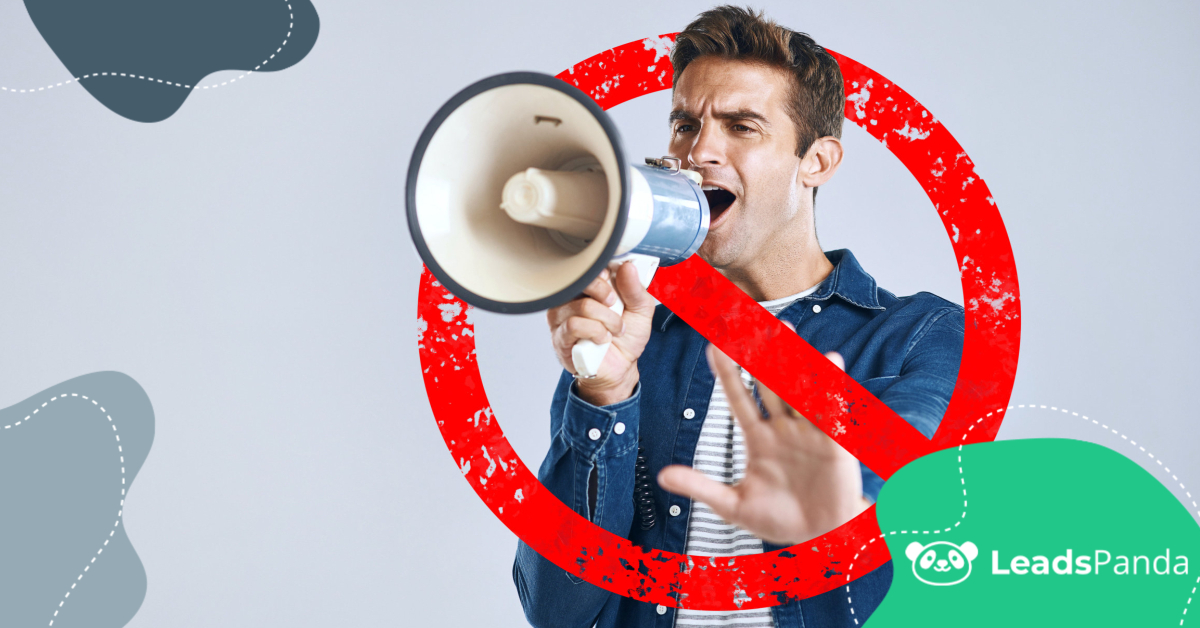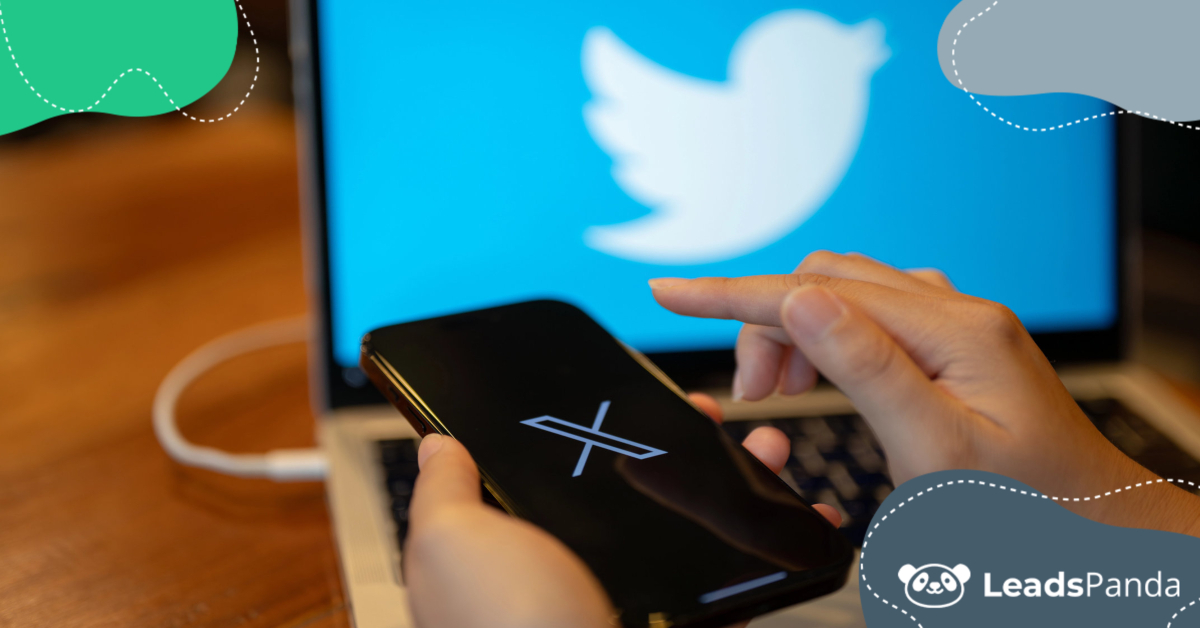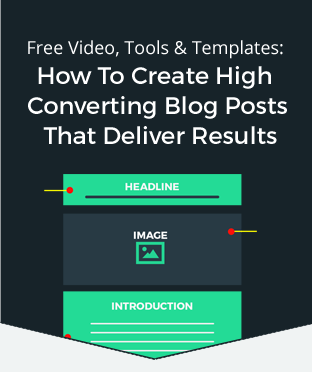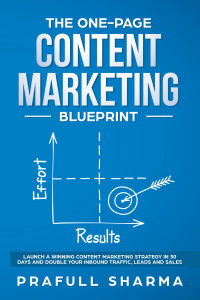The Rise of Silent Marketing: Why Brands Are Saying Less to Sell More
You have seen this before. You are scrolling through a feed full of loud colors, bold typefaces, and claims like “limited time only!” where each post competes harder than the last post for your attention. And then, suddenly, you pause. A simple visual. Barely any copy. No shouting, just a simple marketing campaign that resonates through quiet marketing techniques. No urgency- just quiet confidence. Ironically, it’s the most noticeable thing on the screen.
Due to ad fatigue, privacy regulations, and shorter attention spans, brands that communicate less and show more have more recall and loyalty from their customers. Consumers are no longer responding to noise; they are receptive to clarity, restraint, and authenticity.
This blog explores why “silent marketing” is on the rise right now, what it actually means, and the tactics behind it. We’ll also break down how to measure its impact and where the approach can fail, so you know exactly when and how to use it.
What Is “Silent Marketing”?
Silent marketing is merely a quieter style for sales, one that relies on subtle marketing cues rather than a loud call for attention. It’s a time when the brand lets the product, the design, and the experience do the talking. No dramatic tag lines, no chaotic graphics, and no squeeze tactics. Just clarity and confidence.
It’s important not to confuse this with doing/ saying nothing. Silent marketing still has intent behind it, focusing on creating an emotional connection without saying a word. The silent marketing strategies include restraint, clean design, softer messaging, smart placement, and timing that doesn’t feel forced. It’s marketing that respects the space people are in.
You’ll spot it in simple billboards with almost no copy, calm social posts that feel natural in your feed, or packaging that communicates value without a single loud claim.
Why Silent Marketing Is Growing NOW
• Attention scarcity
People simply don’t have the mental bandwidth they once did. Feeds move fast, notifications never stop, and it seems most ads barely consider thought or attention as something consumers actually experience. Brands are learning that reach doesn’t guarantee actual attention. What is working now are calmer creatives, uncomplicated visuals, a slower pace, and a message that feels deliberate, not frantic, aligning with modern marketing strategies. When everything else is shouting, the understated piece becomes the one that stands out.
• Ad fatigue & blocking
After years of aggressive retargeting, autoplay videos, and cluttered page layouts, audiences are now exhausted. This exhaustion has led to the rise of ad blockers. More people use ad-blockers, and ignore anything that looks overly promotional. Loud ads that once grabbed attention now blend into the background because they feel like the same noise people have been dodging for a decade.
• Privacy & the cookieless shift
With Apple’s App Tracking Transparency, stricter privacy laws, and Google’s slow but steady move away from third-party cookies, the old model of “track everything and target aggressively” simply doesn’t work like it used to. Brands can’t rely on granular data anymore, so the value now has to come from strong creative, thoughtful placement, and owned channels. That’s where silent marketing efforts naturally thrive.
• Cultural preference for minimalism
A cultural shift is in play, too. From quiet luxury to minimalist aesthetic; people are gravitating towards things that feel real and uncomplicated. When a brand communicates calmly and confidently, it communicates quality without needing to oversell it.
Core Marketing Tactics of Silent Marketing
• Product-led storytelling
The least intrusive form of marketing often comes directly from the product. When something is well-designed, a demo and a quick user video of the product speaks to more than any tagline. Sometimes, even the packaging does that. A fun unboxing experience or interesting detail communicates value without any associated selling copy.
• Minimalist creative & design
Minimalism works because it forces you to notice what’s there. In a busy feed, a clean layout, a calm colour palette, or a single line of copy can immediately stand out. On either a billboard or landing page, the absence of clutter often feels supremely confident, while the design that boasts many pieces awash in paint typically looks far less confident.
• Contextual & placement-first buys
Silent marketing rewards brands that show up, not brands that work to show up everywhere! Rather, a carefully curated ad placed within apps people actually love (even better, an actual organic mention from a trusted article or a host of an actual podcast) appears much more natural than being chased throughout the internet from a higher-frequency campaign!
• Micro-influencer advocacy & earned media
Smaller creators tend to speak like real people, not broadcasters. Their recommendations don’t feel rehearsed, which makes them far more believable. A casual review, a quiet mention in a vlog, or a simple “this worked for me” post by an influencer often does the job better than heavily scripted collaborations.
• Experience & product ecosystem
Every small touch counts: how a product is opened, how the instructions are written, what the welcome email feels like. When these details are handled well, they become their own form of communication.
• Ambience & environment marketing
This is the subtle stuff: in-store signage, a simple outdoor placement, or a sponsorship that blends into the surroundings instead of dominating them. The goal is to feel present, not pushy.
Quick Case Examples / Mini-Cases
· Minimalist OOH that outperformed a full campaign
A consumer electronics brand recently tested two outdoor concepts side by side: one packed with product claims, the other showing nothing more than the device against a plain background. The minimalist version ended up getting more photos, more social shares, and noticeably better recall in their follow-up survey. The simplicity made people actually look at it instead of treating it like another ad.
· Packaging and referrals over heavy ads
A small DTC skincare label skipped the usual performance-heavy approach and invested in packaging that felt gift-worthy. Customers started posting their unboxing experiences without being asked, and the brand connected a large portion of first-time purchases to referral codes rather than paid ads. Their CAC dropped purely because people wanted to show the product off.
· Creator-led storytelling without scripts
A home-tech product partnered with micro-creators who filmed themselves using it in real situations. No scripts, no polished edits. Those videos ended up outperforming the brand’s own ads because they felt like honest recommendations, not promotions.
Measurement & KPIs for Silent Marketing
When you measure silent marketing, you are measuring more than just clicks and last touch attribution. The real metrics are the metrics showing whether people noticed (and absorbed) what you placed in front of them. Metrics of attention (e.g., the duration of an impression) are much more useful than raw impressions. Brand lift, recall, time spent on page, scroll depth, earned mentions, and other metrics provide a clearer understanding of true engagement. And because this approach tends to influence behaviour subtly, long-term metrics like LTV and retention become especially important.
For testing, the simplest setup is an A/B comparison between a minimalist creative and your usual style. Short brand-lift studies, cohort retention tracking, and a look at CAC over several months will show whether the quieter approach is creating a meaningful halo effect.
Conclusion
Silent marketing isn’t about going quiet; it’s about choosing your voice more carefully. When every brand is fighting to be the loudest, the one that communicates with intention often feels more trustworthy. A simple, well-placed idea can earn more attention than a dozen high-pressure ads, and the impact usually lasts longer, too. This shift toward restraint is shaping how modern marketers work, even in fields like branding, content, and the best digital marketing course curricula.
If you’re curious about how it performs, run one quiet experiment this quarter. Track the brand-lift results; you might be surprised by what stands out when you stop shouting.
Share This Story
Get the latest growth ideas, strategies, and best practices delivered to your inbox.
Quick read that helps 7000+ subscribers.









